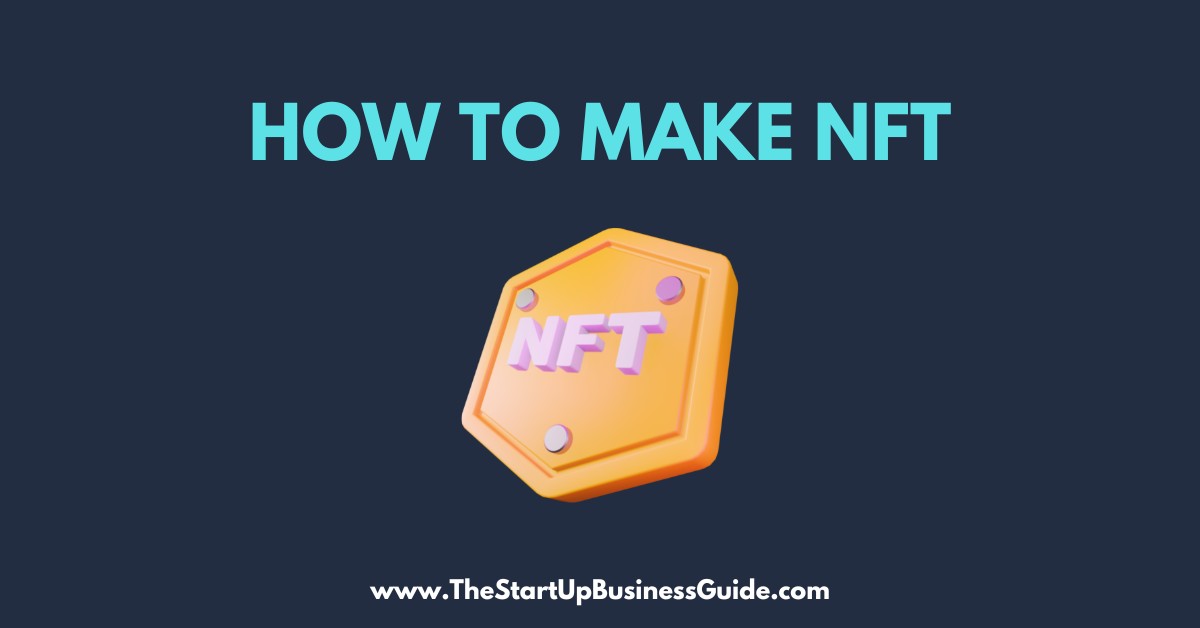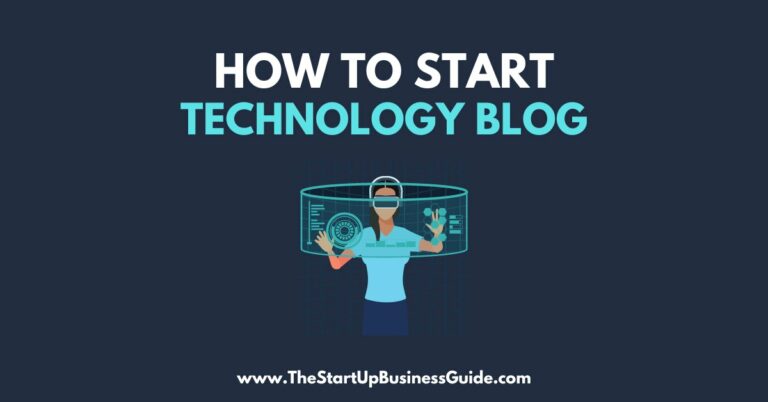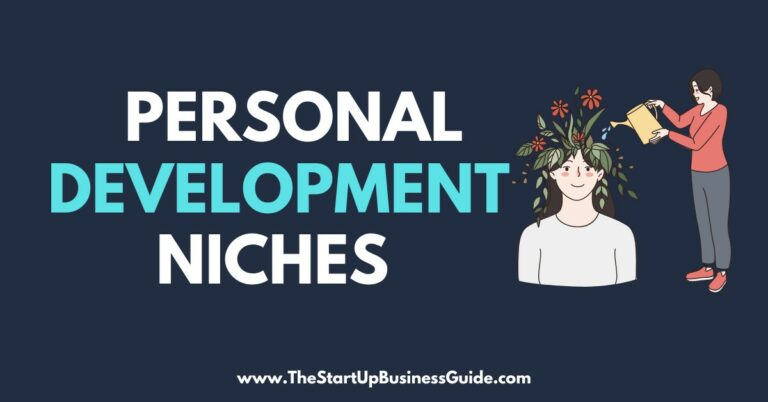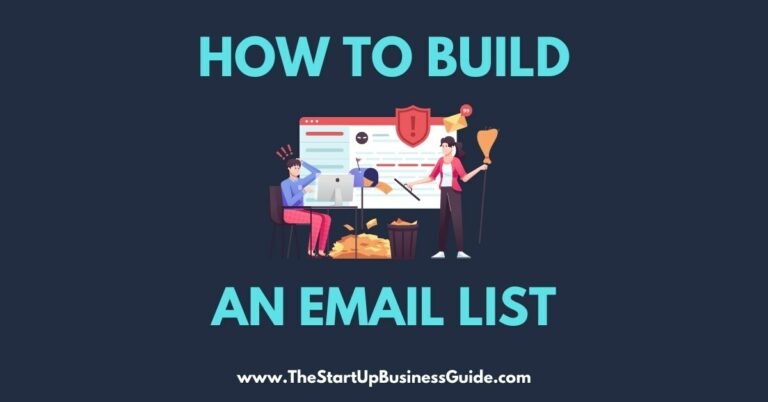How to Make NFT – Ultimate Guide for 2023

Non-fungible tokens, or NFTs, are digital assets that are unique and cannot be replaced by something else.
They have been gaining popularity in the art world, as they allow artists to sell digital versions of their work as one-of-a-kind items.
In this NFT guide, we will be providing a comprehensive overview of the process of creating an NFT.
1. Choosing Your Platform
There are many different platforms available for creating and selling NFTs.
Some popular options include OpenSea, Rarible, and SuperRare. Each platform has its own pros and cons, so it’s important to choose the one that’s right for you.
Some factors to consider when choosing a platform include fees, audience, and features.
Pros of OpenSea:
- OpenSea is the largest NFT marketplaces.
- It supports a wide variety of digital assets, like art, collectibles, games, and more.
- It has a wide range of tools for creators to mint and manage their NFTs.
Cons of OpenSea:
- OpenSea has a large number of sellers and buyers, so it can be difficult to stand out.
- The platform is not beginner-friendly, it could be a bit overwhelming for new sellers.
Pros of Rarible:
- Rarible is one of the most popular NFT marketplaces.
- It has a good user interface, making it easy for new sellers.
- It has a good number of buyers and sellers, making it easy to find potential buyers.
Cons of Rarible:
Rarible’s fees are quite high, so sellers may not make as much money.
It supports a limited number of digital assets, it’s mostly focused on art and collectibles.
Pros of SuperRare:
- SuperRare is a curated marketplace, which means that they only accept high-quality NFTs.
- It has a good number of buyers and sellers, making it easy to find potential buyers.
- It’s focused on art and collectibles, so it’s a great platform for artists.
Cons of SuperRare:
- SuperRare’s fees are quite high, so sellers may not make as much money.
- SuperRare’s curation process is quite strict, so not everyone’s NFTs will be accepted.
2. Creating Your Digital Asset
There are many different types of digital assets that can be turned into NFTs.
Some examples include images, videos, and 3D models.
When creating your digital asset, it’s important to use high-quality tools and software.
Some popular options include Adobe Photoshop, Blender, and Unity.
Further, there are some best practices for creating high-quality, marketable NFTs, like paying attention to lighting, composition, and resolution.
3. Setting up Your Wallet and MetaMask
Before you can mint your NFT, you will need to set up a wallet.
A wallet is like a bank account for your NFTs. It’s important to choose a wallet that is secure and easy to use.
MetaMask is a popular wallet for NFTs, and it’s easy to set up.
Simply download the MetaMask extension for your browser, create an account, and add some Ether (ETH) to your wallet.
This is the cryptocurrency that is used to pay for the minting process.
It’s important to keep your private key safe, as it will allow you to access your wallet and your NFTs.
4. Minting Your NFT
Minting is the process of creating an NFT. It’s powered by a smart contract, which is a set of rules and instructions that are stored on the blockchain.
The smart contract ensures that your NFT is unique and cannot be replicated.
To mint your NFT, you will need to upload your digital asset to the chosen platform and follow the platform’s instructions for minting.
It’s important to pay attention to the fees, as they can vary depending on the platform.
When it comes to pricing your NFT, it can be helpful to research similar NFTs on the marketplace and to consider factors such as the uniqueness and rarity of your digital asset.
Once your NFT is minted, you can set up a sales listing with a title, description, and image to showcase your NFT to potential buyers.
5. Promoting and Selling Your NFT
Promoting your NFT is an important step in the process.
You can reach potential buyers by promoting your NFT on social media, collaborating with other artists, and reaching out to collectors.
Creating a compelling sales listing and building a community around your NFT can also help increase your chances of selling.
When it comes to selling your NFT, it’s important to respond to offers and negotiate sales in a professional manner.
It’s also important to keep track of any legal or tax implications of selling your NFT, as laws and regulations may vary depending on your location.
FAQs on NFT
Here are some popular frequently asked questions on NFT.
What is an NFT?
An NFT, or non-fungible token, is a digital asset that represents ownership of a unique item or piece of content, such as a digital artwork or collectible.
How is an NFT different from a cryptocurrency?
While both NFTs and cryptocurrencies are digital assets, NFTs are unique and non-interchangeable, while cryptocurrencies are fungible and interchangeable.
What are some examples of NFTs?
Examples of NFTs include digital artworks, collectible items in virtual games, virtual real estate, and other unique digital assets.
How are NFTs stored?
NFTs are stored on a blockchain, which is a decentralized digital ledger that records all transactions of the NFT.
Can I resell an NFT?
Yes, you can resell an NFT just like you would resell any other physical or digital asset.
How do I purchase an NFT?
NFTs can be purchased on various marketplaces or platforms that specialize in NFTs, such as OpenSea, Rarible, and SuperRare.
Are NFTs a good investment?
NFTs are a relatively new and volatile asset class, and their value can fluctuate rapidly.
As with any investment, it’s important to conduct thorough research and understand the risks before investing.
How can I create my own NFT?
Creating your own NFT typically involves using a platform or service that allows you to mint your own NFT, such as OpenSea, Rarible, and SuperRare.
Can I make money with NFTs?
Yes, it is possible to make money with NFTs by creating and selling your own unique digital assets, or by buying and reselling existing NFTs.
Are NFTs secure?
The blockchain technology used to store NFTs is considered to be secure, but the value and authenticity of an NFT can be subject to fraud, just like any other asset.
Are NFTs traceable?
Yes, NFTs are traceable on the blockchain, which allows for transparency and verification of ownership.
How can I ensure the authenticity of an NFT?
The best way to ensure the authenticity of an NFT is to purchase it from a reputable marketplace or platform that has implemented measures to verify the authenticity of the NFTs they list.
Are NFTs environmentally friendly?
The environmental impact of NFTs is a topic of ongoing debate, as they are created and traded on blockchain networks that use a large amount of energy.
What are the legal implications of owning an NFT?
NFTs are subject to the same laws and regulations as other forms of property.
It is important to be aware of any laws or regulations that may apply to the ownership, transfer, and sale of NFTs in your jurisdiction.
Do I need a digital wallet to own an NFT?
Yes, you will need a digital wallet that is compatible with the blockchain on which the NFT is stored in order to own and manage an NFT.
Conclusion
In conclusion, creating an NFT can be a great way for artists and creators to monetize their digital assets.
By following the steps outlined in this guide, you can choose the right platform, create a high-quality digital asset, set up your wallet, mint your NFT, and promote and sell your NFT to potential buyers.
Moreover, it’s important to keep an eye on the future of the NFT market as it is constantly evolving and new opportunities may arise.






